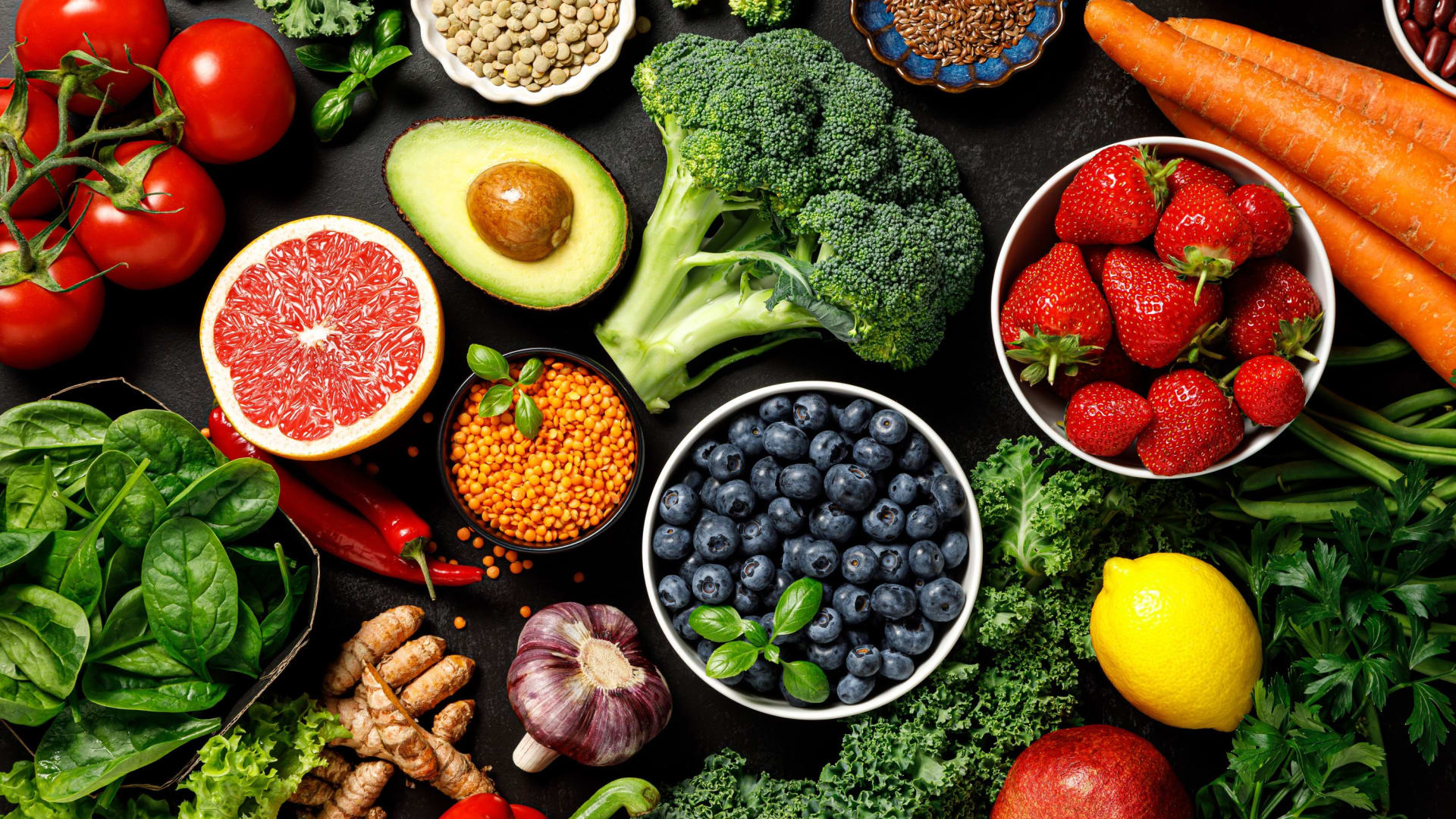دبي، الإمارات العربية المتحدة (CNN) -- أظهرت دراسة جديدة أنّ الامتناع عن تناول اللحوم لا يرتبط فقط بقوة الإرادة، بل بوجود أربعة جينات مرتبطة بمدى قدرة الشخص على الالتزام بأسلوب حياة نباتي.
وقال الدكتور نبيل ياسين، المؤلف الرئيسي للدراسة التي نُشرت في "PLOS One" الأربعاء، والأستاذ الفخري لعلم الأمراض بكلية فاينبرغ للطب في جامعة نورث وسترن: "يمكننا القول اليوم، إن علم الوراثة يلعب دورًا مهمًا في النظام النباتي، وأن بعض الأشخاص قد يكونوا أكثر ملاءمة وراثيًا لنظام غذائي نباتي مقارنة بغيرهم".
وتابع أنه بالإضافة إلى الممارسات الدينية والثقافية، تُعد الأسباب الصحية والأخلاقية والبيئية بين العوامل المحفّزة للناس لتقليل استهلاك اللحوم، أو الامتناع عن تناولها، غير أن ذلك الأمر برأيه ليس ناجحًا دومًا.
وقال ياسين لـCNN إنّ "نسبة كبيرة ممّن يُعرّفون عن أنفسهم بأنهم نباتيين يبلّغون عن تناولهم منتجات اللحوم لدى إجابتهم على الاستبيانات التفصيلية". وتابع أنّ "هذا يشير إلى أنّ العديد من الأشخاص الذين يرغبون بأن يصبحوا نباتيين ليست لديهم القدرة على القيام بذلك، وتشير بياناتنا إلى أنّ الوراثة تشكل جزءًا من السبب".
ولفت ياسين إلى أنّ الدراسة لم تتمكّن من تحديد من لديه استعداد وراثي كي يكون نباتيًا، لكن يأمل الباحثون بأن تجيب الأبحاث المستقبلية على هذه المسألة.
في هذا الإطار، علّق الدكتور خوسيه أوردوفاس، مدير التغذية وعلم الجينوم وأستاذ التغذية وعلم الوراثة في جامعة تافتس بولاية ماساتشوستس الأمريكية، غير المشارك في الدراسة، أنّ "الدراسة تسلّط الضوء على العلاقة المعقدة بين جيناتنا وخياراتنا الغذائية، ما يشير إلى أنه مستقبلًا، قد يكون لدينا توصيات غذائية أكثر تخصيصًا بناءً على الاستعداد الوراثي".
روابط بين عملية التمثيل الغذائي ووظيفة الدماغ

استخدم الباحثون بيانات من البنك الحيوي البريطاني، وهو قاعدة بيانات طبية حيوية كبيرة، ومصدر بحثي يتتبّع الأشخاص على المدى الطويل.
ووفقا للدراسة، تمت مقارنة أكثر من 5 آلاف شخص نباتي صارم، أي الأشخاص الذين لم يأكلوا أي نوع من اللحم الحيواني في العام الماضي، بأكثر من 300 ألف شخص ضمن مجموعة مراقبة لأشخاص تناولوا اللحوم في العام السابق.
وجد الباحثون ثلاثة جينات تمّ تحديدها بقوة و31 من الجينات الأخرى، التي يُحتمل أن تكون مرتبطة بالسلوك النباتي. وفي التحليل الجيني، رأى الباحثون أن النباتيين أكثر عرضة من غير النباتيين لامتلاك تباينات مختلفة في هذه الجينات. ومردّ ذلك بحسب ياسين إلى كيفية معالجة الأشخاص المختلفين للدهون أو الشحوم.
وأشار ياسين إلى أنّ الدراسة وجدت أن العديد من الجينات المرتبطة بالسلوك النباتي لها علاقة باستقلاب الدهون.
وأضاف أن درجة تعقيد الدهون في النباتات واللحوم تختلف، لذلك قد يحتاج بعض الأشخاص وراثيًا إلى بعض الدهون التي توفرها اللحوم.
وأشار ياسين إلى "أنّنا نتكهّن بأن هذا قد يكون له علاقة بالاختلافات الجينية في استقلاب الدهون وكيفية تأثيرها على وظائف الدماغ، لكن هناك حاجة إلى مزيد من البحث لدراسة هذه الفرضية".
لا يسري على الجميع

وتتمتع هذه الدراسة بحسب ما ذكره أوردوفاس بمحدودية تتمثّل بأن جميع المشاركين في التحليل من الأشخاص الذين لديهم بشرة بيضاء اللون.
وقال أوردوفاس إن ذلك يحد أيضًا من تطبيق البيانات على جميع السكان، مضيفًا أنه "رغم أن هذه الدراسة قد لا تقدم إجابة محددة، إلا أنها تلقي ضوءًا مهمًا على التغذية".
وأشار أوردوفاس إلى أن "هذه الدراسة تسلط الضوء على مجال بحثي غير مستكشف نسبياً: وهو علم الوراثة الكامن وراء التفضيلات الغذائية"، مؤكدّا أن "ارتباط المتغيرات الجينية بالنباتية الصارمة على المدى الطويل يشير إلى وجود أساس بيولوجي لهذا الاختيار الغذائي، يتجاوز الأسباب الثقافية أو الأخلاقية أو البيئية".
